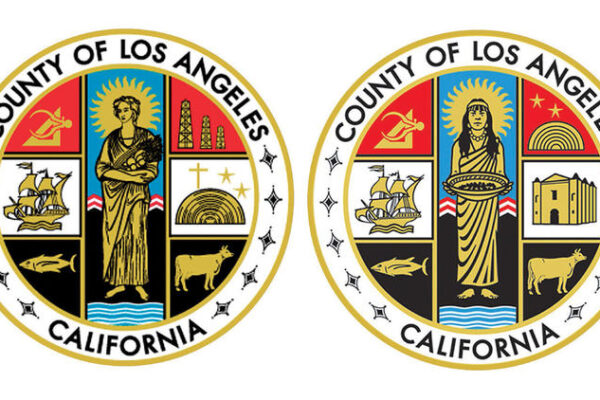By Reverend J. Edwin Bacon Jr.
For much of the past two years, the Los Angeles County Board of Supervisors has engaged in a prolonged and costly battle that purports to restore historical accuracy to the county’s seal by placing a cross atop a mission.
The county’s stance seems simple enough, until you consider what is really at stake: elevating one religion over all others in a county with a rich and diverse history.
Fortunately, U.S. District Judge Christina A. Snyder rejected the county’s argument in response to a lawsuit filed by the ACLU Foundation of Southern California and Caldwell Leslie & Proctor on behalf of seven religious leaders of diverse faiths. The court’s ruling is an important victory for all Angelenos because it upholds the U.S. and California constitutional provisions against establishing a state religion or showing preference for one faith over another.
In her decision Snyder agreed, writing:
Unlike textbooks or educational guidelines, the County’s seal is not an educational tool, but a symbolic and representative one, not unlike a flag or a badge. It carries with it an aura of prestige, authority, and approval. By singling out the cross for addition to the seal, the County necessarily lends its prestige and approval to the depiction of one faith’s sectarian imagery.
No doubt some will argue that today’s decision is a blow to the religious freedom of some, or nod to political correctness. Such specious arguments, however, ignore reality.
First, let’s be clear. The real San Gabriel Mission that is depicted in the seal didn’t have a cross on it until recently, and there were other long periods in the past where there was no cross. So much for historical accuracy.
Second, in 2004, when faced with a lawsuit, the board opted to eliminate the cross from the seal precisely because of its religious significance. The board’s decision then was an unambiguous admission that the cross represented one thing and one thing only: Christianity. To say otherwise is to deny the truth of Christianity’s principal symbol, which signifies that Jesus Christ is the son of God who died to save the world from its sins.
Third, religious freedom does not give people the right to demand that the government adopt or express favoritism towards their preferred religion. The ruling preserves true religious freedom – the ability of individuals to go to the church, mosque, synagogue or other religious house of worship, or none, without any interference from the government.
Today’s ruling is actually a victory for people of all faiths who were once again reassured that the government doesn’t get to play favorites when it comes to religious matters.
As the Los Angeles Daily News’ Kevin Modesti rightly noted in 2015: “People of all faiths — or no faith — have a right to expect to have equal standing before the government. Official government displays shouldn’t contain the symbol of one religion any more than it should have a Democratic donkey or Republican elephant.”
That’s important in a county as diverse as Los Angeles, where little more than half the residents identify as having a religion – more than 4 million do not identify as affiliating with any religious congregation according to a 2000 report by the Los Angeles Almanac.
Our ability to practice our faith without fear of government interference is rooted in our nation’s history. The county’s attempt to impose one symbol on a seal that is prominently displayed on buildings, vehicles, letter head and numerous other places undermines that very principle by holding one image above all others.
As ACLU SoCal noted in its lawsuit: “Symbols of religious faith are the principal means by which organized religion communicates the common belief systems and bond among adherents. Such symbols are instantly and universally recognizable for the religion each exclusively represents.”
By ordering the county to remove the cross, the court made it plain that, at least in Los Angeles County, the government has no business playing favorites with faith.
Reverend J. Edwin Bacon Jr. is rector of All Saints Church in Pasadena.

